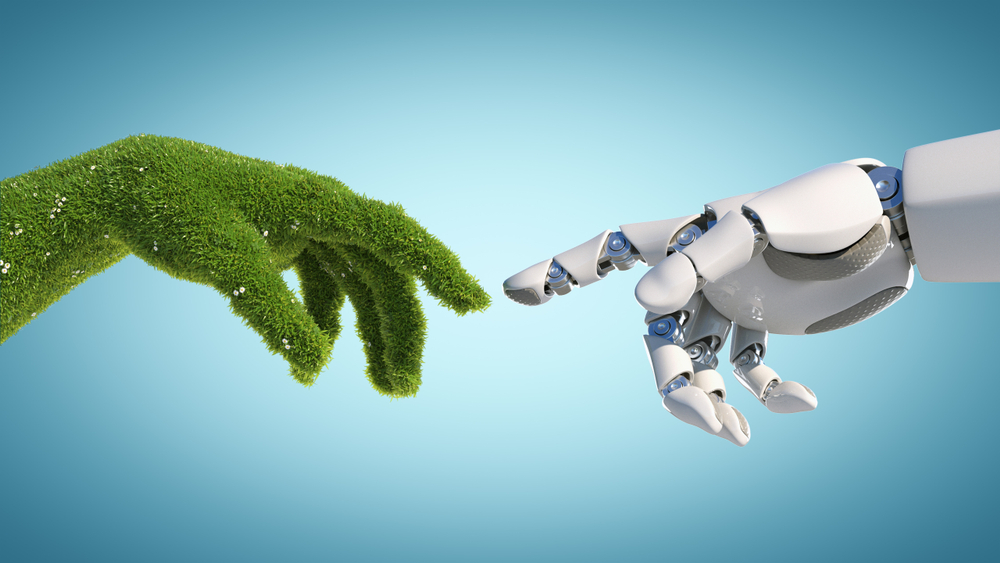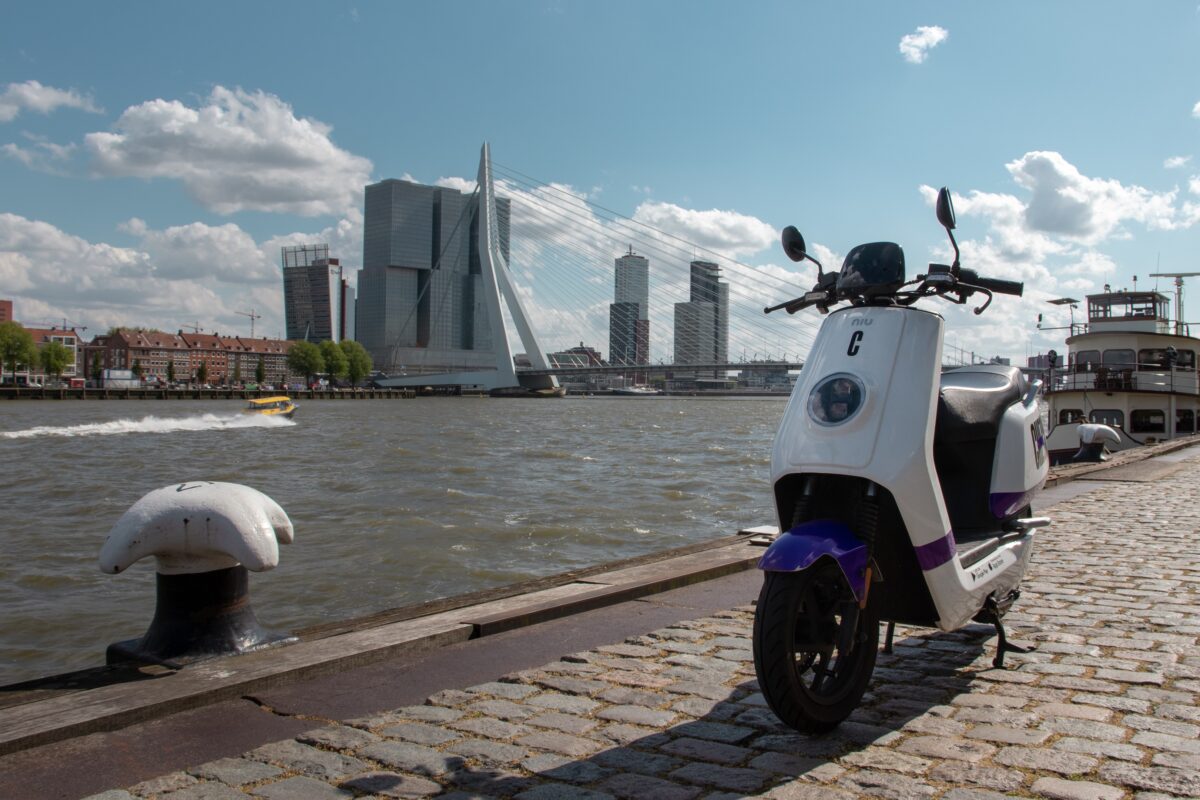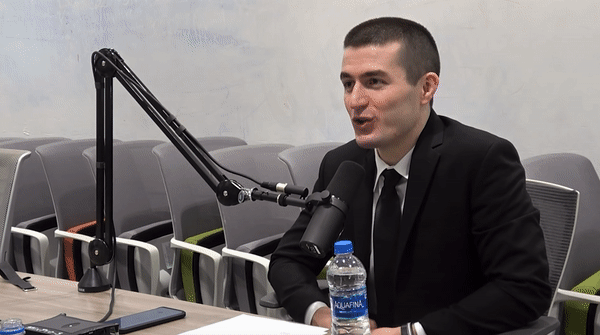A soil scientist prefers to stand in the mud and a data scientist prefers to sit behind a computer, both sound very different but Claudia Kamphuis got these parties around the same table. In a project for Wageningen University, she and Thomas Been are trying to solve the nitrogen crisis in a digital world. Since agriculture is a major contributor to nitrogen emissions (Hofstede, 2022), they want to focus on this initially. They are planning to do this by developing a digital twin of a farm. But for we continue, what exactly is a digital twin?
According to Kimberly Borden and Anna Herlt (partners in McKinsey’s Operations Practice), a digital twin is a digital representation of a physical object. This object can concern a product, but also an entire office building. What is important is that data from the physical environment of the corresponding product provides real time data to the digital twin. Let me give you an example of a well-known application to make it a little less abstract: Google maps is the earth’s digital twin. Data sources on the earth continuously link real time data (like traffic jams, accidents, weather conditions etc.) to its digital Google maps twin to optimize your traffic route (Borden & Herlt, 2022).
In addition to optimizing your route, an application we are all very grateful for by the way, this technique can thus also be used at the environmental level. By representing a farm in a digital form and continuously combining this with real time data, various scenarios can be examined digitally. This is exactly what Kamphuis and her team are trying to do. For example, by placing sensors in barns that measure nitrogen emission in real time, it is possible to find out, without conducting physical tests, where and with which farming and land management techniques the most results can be achieved (Mailer, 2022; Wageningen University & Research, n.d.; Kloppenburg, Kok & van der Voort, 2021).
We are still at an early stage for developing digital twins for agriculture, but it is a promising technique and when it is fully developed, it can also be used for other organics as water and even diseases (Wageningen University & Research, n.d.).
References
Borden, K., & Herlt, A. (2022, October 10). Digital twins: What could they do for your business? McKinsey & Company. Retrieved October 11, 2022, from https://www.mckinsey.com/capabilities/operations/our-insights/digital-twins-what-could-they-do-for-your-business
Digital Future Farm. (n.d.). Wageningen University & Research. Retrieved October 11, 2022, from https://www.wur.nl/formsession-expired-27.htm
Hofstede, S. (2022, October 5). Lijst met 100 grootste ammoniak-uitstoters telt 90 veebedrijven. De Volkskrant. Retrieved October 12, 2022, from https://www.volkskrant.nl/nieuws-achtergrond/lijst-met-100-grootste-ammoniak-uitstoters-telt-90-veebedrijven~bfe80b23/?referrer=https%3A%2F%2Fwww.google.com%2F
Kloppenburg, S., Kok, E. J., & van der Voort, M. (2021, January 1). Digital twins in agri-food : Societal and ethical themes and questions for further research. NJAS: Impact in Agricultural and Life Sciences, 93(1), 98–125. https://doi.org/10.1080/27685241.2021.1989269
Mailer, S. (2022, October 10). Digital Twins – Simulating Agriculture for Climate-Positive Farming and Land Management. Lexology. Retrieved October 11, 2022, from https://www.lexology.com/library/detail.aspx?g=25585a38-417d-41ab-b238-f9767099d6cb










